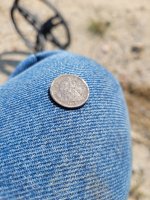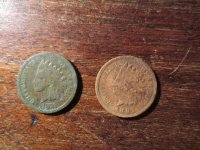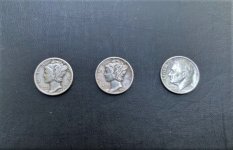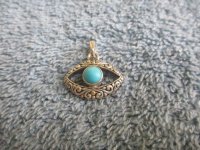Dozer D
Silver Member
- Feb 12, 2012
- 3,358
- 3,081
- Primary Interest:
- Other
Found a good looking Canadian silver dime the other day while rim checking. I put it next to other U S silver Rosie's, but the reeded edges look different between the two. Do they both have the same number of groves on the rim, or does the Can have fewer which makes the coin rim look different. Just wondering?







